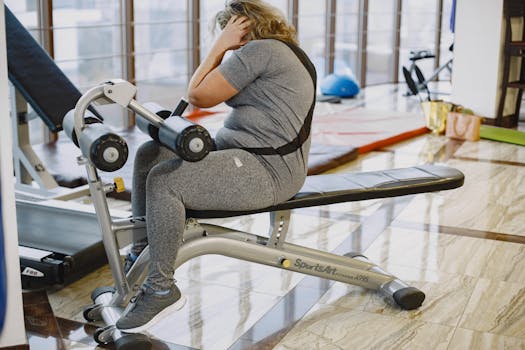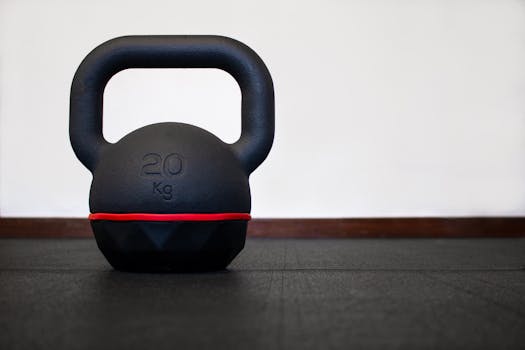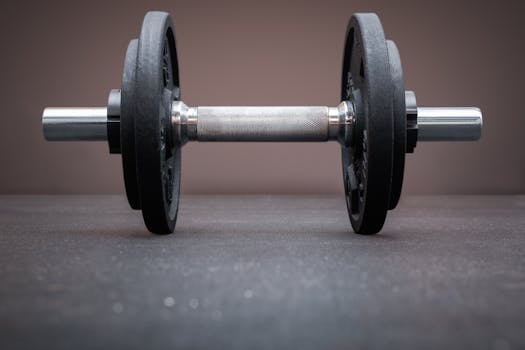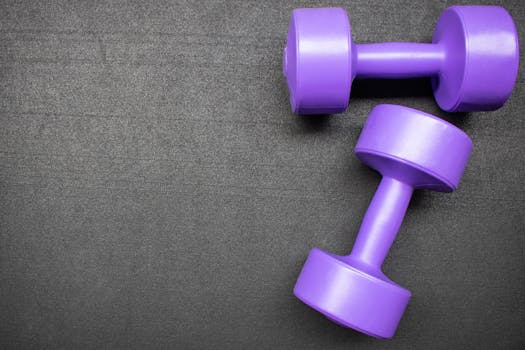
Unlock Your Fat Loss Potential with High-Intensity Interval Training
Takeaways: High-Intensity Interval Training (HIIT) is an effective workout method that alternates between intense bursts of exercise and short recovery periods. It not only boosts fat loss but also improves cardiovascular fitness and metabolic rate. Incorporating HIIT into your routine can maximize results in a shorter amount of time.
High-Intensity Interval Training (HIIT) has taken the fitness world by storm, and for good reason. This training method is designed to maximize fat loss while improving cardiovascular fitness and metabolic rate. If you’re looking to shed those extra pounds quickly and efficiently, HIIT may be the perfect fit for you.
What is High-Intensity Interval Training?

The Science Behind HIIT and Fat Loss
One of the primary reasons HIIT is so effective for fat loss is due to the afterburn effect, also known as excess post-exercise oxygen consumption (EPOC). After a HIIT workout, your body continues to burn calories at an elevated rate as it works to restore itself to its pre-exercise state. This means you can burn more calories even after you’ve finished your workout, making HIIT an efficient way to lose weight.
Research shows that HIIT can lead to greater fat loss compared to traditional steady-state cardio workouts. A study published in the Journal of Obesity found that participants who engaged in HIIT lost more body fat and had improved metabolic health markers compared to those who performed moderate-intensity exercise.
Benefits of High-Intensity Interval Training

- Time Efficiency: HIIT workouts can be as short as 20-30 minutes, making them perfect for those with busy schedules.
- Improved Cardiovascular Health: HIIT has been shown to improve heart health and increase aerobic capacity.
- Increased Metabolic Rate: The intense nature of HIIT boosts your metabolism, leading to more calories burned throughout the day.
- Variety and Fun: With endless exercise combinations, HIIT keeps workouts fresh and engaging.
How to Structure Your HIIT Workouts

- Choose Your Exercise: You can use bodyweight exercises like burpees, squats, and push-ups or cardio activities like sprinting, cycling, or rowing.
- Determine Work and Rest Intervals: A common HIIT structure is 30 seconds of intense effort followed by 30 seconds of rest. Adjust these intervals based on your fitness level.
- Warm-Up: Always begin with a 5-10 minute warm-up to prepare your body and reduce the risk of injury.
- Cool Down: After your HIIT session, cool down with stretching or light activity to help your body recover.
- Frequency: Aim for 2-3 HIIT sessions per week, allowing rest days in between for recovery.
Expert Tips for Maximizing Your HIIT Results

- Listen to Your Body: Push yourself, but know when to take a break or modify exercises to avoid injury.
- Stay Hydrated: Proper hydration is crucial for optimal performance during intense workouts.
- Mix It Up: Incorporate different exercises and formats to prevent boredom and target various muscle groups.
- Track Your Progress: Keep a record of your workouts to see improvements in strength, endurance, and fat loss over time.
Conclusion


